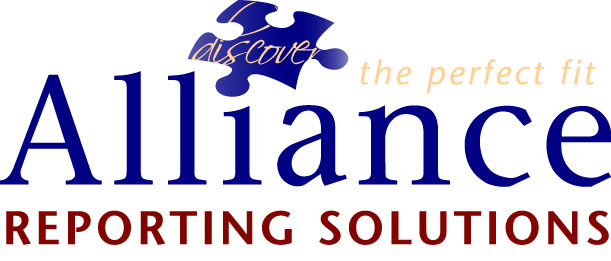REALTIME TRANSCRIPT/INSTANT ROUGH DRAFT
What it is….
An instantaneous transcript of proceedings at your fingertips.
What you can do with it ….
While it’s not considered the “official record,” it will serve your purposes for making notes and formulating questions and observations. Your contemporaneous notes can be stored with the realtime record for later retrieval and use.
All together now….
If the parties are at the same location, try a LAN wireless realtime connection. The reporter can provide Netbooks for your use or you can provide your own laptop and software. Don’t forget to provide notice to all parties that realtime has been requested just like you would for a videotaped or videoconferenced deposition.
Here, there and everywhere….
Realtime streaming…. the realtime record is broadcast via the internet to remote locations. Your witness is in Hawaii, your opponent is in Michigan and your expert is in Tel Aviv while you’re sweltering in Phoenix? No problem! With a certified realtime reporter, a teleconferencing connection and a simple internet access code everyone can participate.
“WHY IS MY ROUGH DRAFT SO ROUGH?”
(Or… how to smooth out the rough.)
It’s all been carefully orchestrated:
Expert witnesses have been selected. Document discovery has been completed. Rule 26.1 disclosure statements have been filed and your attorney is ready to take the depositions of lay witnesses and experts in the deposition discovery phase of the case. The first deposition is about to finish up and you are anxiously awaiting the rough draft transcript. Will the rough draft be usable or look like Egyptian hieroglyphics? Well, that depends…
Making the most of the rough draft record or realtime transcript is easy if you remember these important tips to facilitate the process:
It’s not what is said, it’s how it’s said that counts.
1) Speed kills.
So sloooooooooow dooooooooown. Not much, just enough so the reporter can hear the 13 syllables of “jejunojenostomy anastomosis.” Courtroom sidebar note: Remember, if you’re looking at the realtime record and the official reporter can’t hear it, understand it and get it down, your jurors may not be comprehending it either.
2) Remember the admonition.
Attorneys and professional experts are sometimes the worst offenders of the “please don’t interrupt” rule.
3) Knowledge is power.
You’ve been working on this case since the complaint was filed and served. The reporter may know no more than the case caption contained on the deposition notice. Since expert’s opinions, names of parties and witnesses, lists of documents reviewed, including authoritative texts and articles are available to you through disclosure statements, let the reporter know about it beforehand.
4) Timing is everything.
Share with the reporting firm in advance your expectations for an expedited, rough draft or instant realtime record. While all reporters know from experience that every deposition has the possibility of needing to be expedited, advanced knowledge of that fact will allow the reporter to make arrangements to have others take care of evening hour duties and responsibilities so they can focus completely on your transcript.
5) Do your part.
Trying something more complicated than you’re used to? Get together with your court reporting professional in advance to set things up and work out the kinks.

